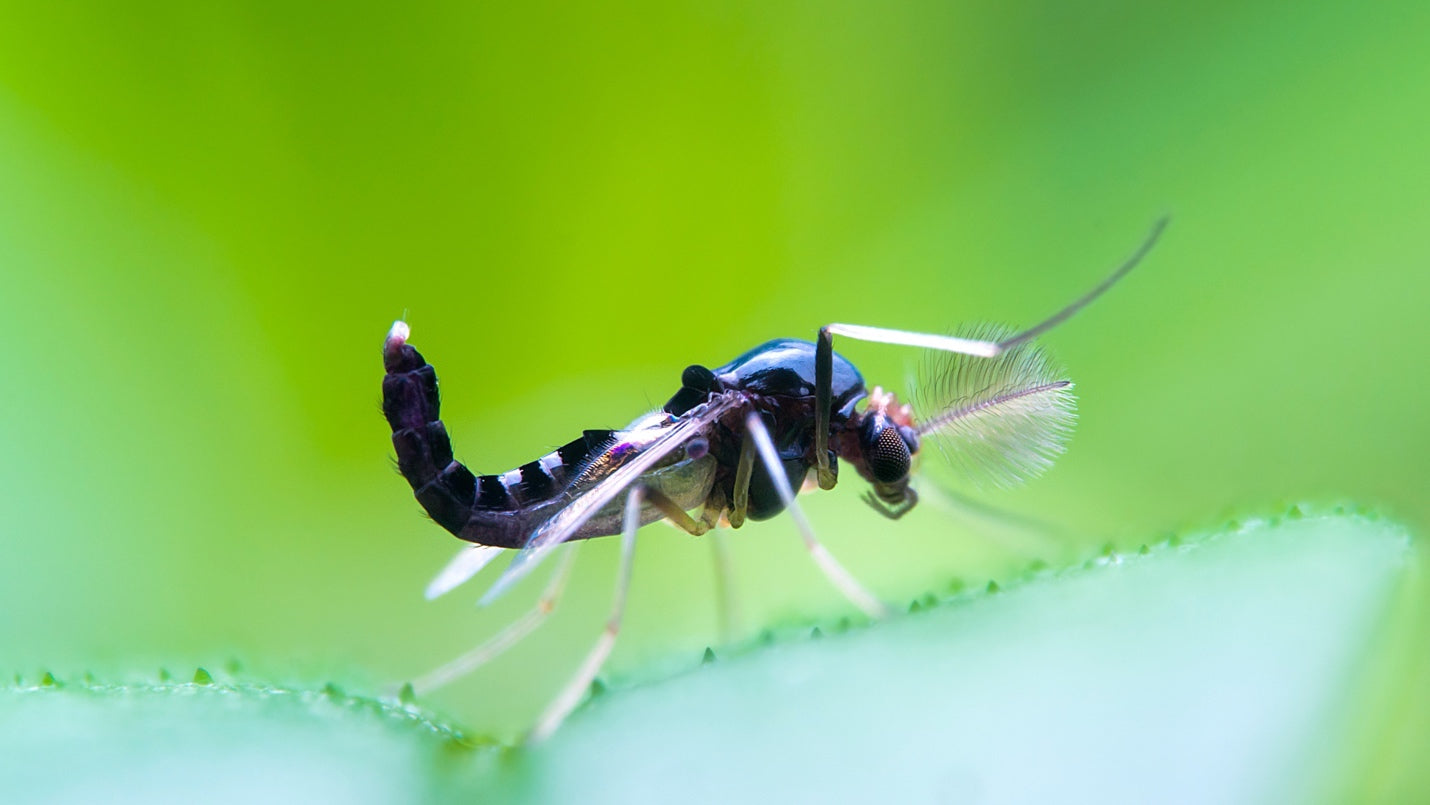
No-See-Um Activity in the U.S.
The United States Experiences No-See-Um Season
During the summer months, outdoor activities can be disrupted by biting midges, black flies, or no-see-ums: tiny, flying insects that are tough to spot. Despite their size, these pests can leave a noticeable impact, causing red, itchy bites that are painful due to the sharp mouthparts that slice into the skin to access blood.
Measuring just under 3 millimeters, or the size of the tip of a number 2 pencil, adult no-see-ums are easily overlooked. However, they are known to travel in large swarms, making them difficult to avoid. They also have a slow flight, giving you a chance to dodge them if you spot a cloud of them heading your way.

What Part Of The Country Are No-See-Ums Prevalent
No-see-ums are like mosquitoes in that they prefer warm and humid environments that see a lot of sun. Unfortunately, humans also prefer warm and sunny environments so it is likely that no-see-ums will be found in most places in the United States that people live.
The part of the country that has the least among of no-see-ums is in the north, but this only applies to the colder fall and winter months. Not fans of snow and ice, no-see-ums are virtually nonexistent in the northern states and some of the southwest.
Residents of more temperate states like California and Washington are not so lucky and can expect to be vulnerable to no-see-um bites through all warm weather, even in the winter months.
Those who choose the balmy weather of Florida can expect to battle these pests all year long, thanks to the warm, tropical weather that most of the state sees year-round. This is true for most of the southeastern US and Gulf coast, too.
Where Do They Nest
No-see-ums, much like mosquitoes, lay eggs in warm, wet or humid areas. Commonly, eggs are laid on moist soil or sand in marshes or in stagnant or slow-moving waters. Ponds, lakes and slow rivers and streams are favorite breeding grounds.
No-see-ums depend on water early in their life cycle and in order to develop into adults. This means that they will also breed in any man-made zone that has water like construction sites or man-made lakes or ponds.
No-See-Um Activity
The most common months for no-see-um activity in the United States are June and July, when the weather is warmer and more humid.
The life cycle of no-see-ums is anywhere from 2 to 6 weeks but they make good use of that time. Female no-see-ums can lay up to 450 eggs at one time and they have been known to lay up to 7 batches in one life cycle.
Because they need extra protein to lay eggs, like mosquitoes, female no-see-ums are the only ones who require blood meals. This means that only the females have the appropriate mouth parts to bite-male no-see-ums are strictly vegan.
No-see-ums are most active in early morning and late evenings.

Trust MosquitoNix ® To Protect Your Outdoor Spaces
MosquitoNix offers customized solutions to protect your outdoor home or commercial property. We are the national leader in mosquito and pest control and we offer permanent, temporary and portable options. Serving both residential and commercial properties, we offer superior customer service, trained and licensed employees and state-of-the-art products and services.
Contact MosquitoNix today to find out how ongoing fogging treatment and a custom misting system can keep you comfortable.
Leave a comment
Comments will be approved before showing up.




